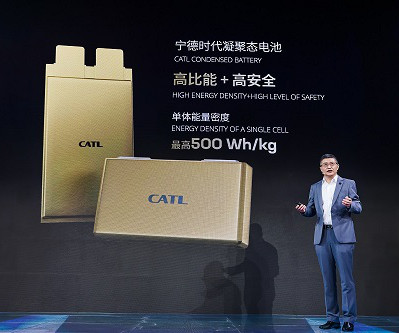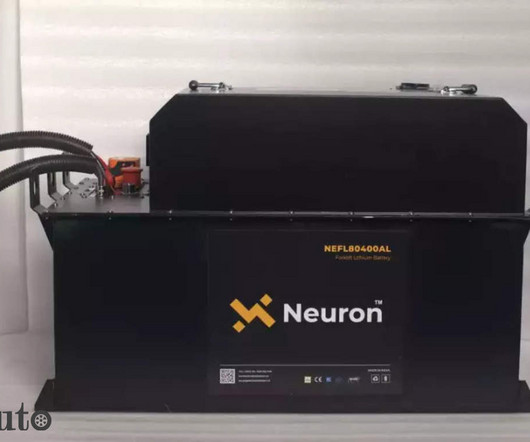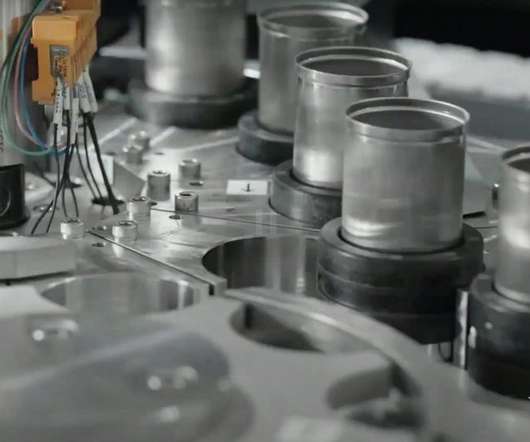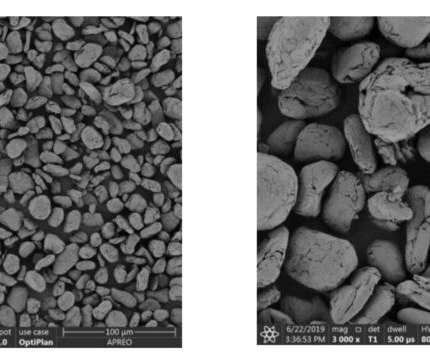Testing shows Talga graphene silicon boosts capacity of Li-ion battery anode; Safevolt project
Green Car Congress
OCTOBER 25, 2018
Australian advanced materials technology company Talga Resources Ltd announced positive initial test results from the development of its graphene silicon lithium-ion anode in the UK. The Safevolt project is an enabler for industry wanting higher Li-ion battery capacity above the level of standard graphite (exceeding maximum 372 mAh/g).



































Let's personalize your content